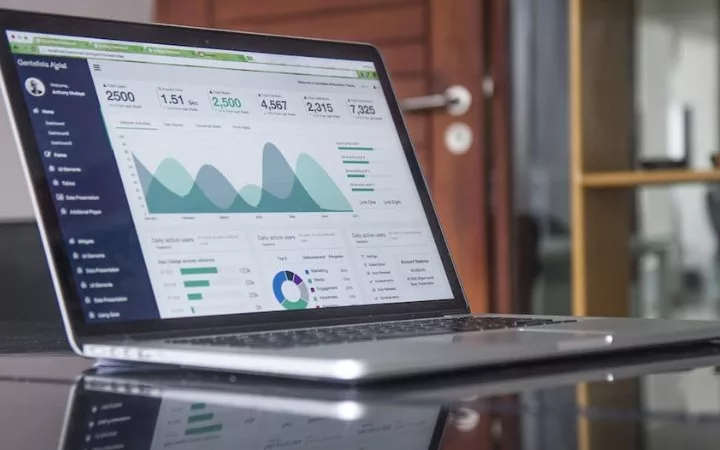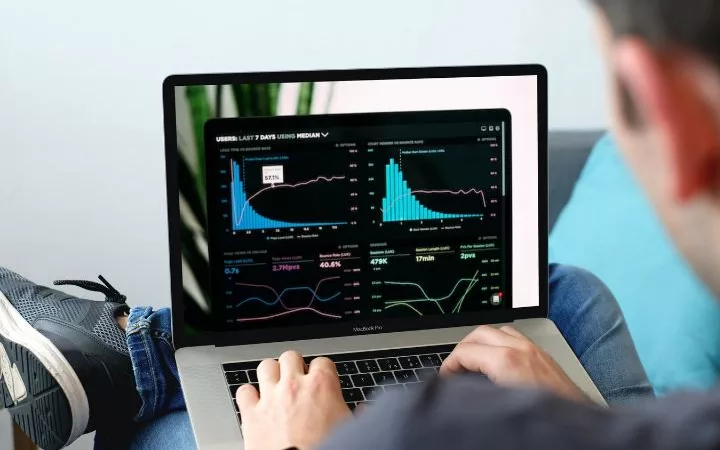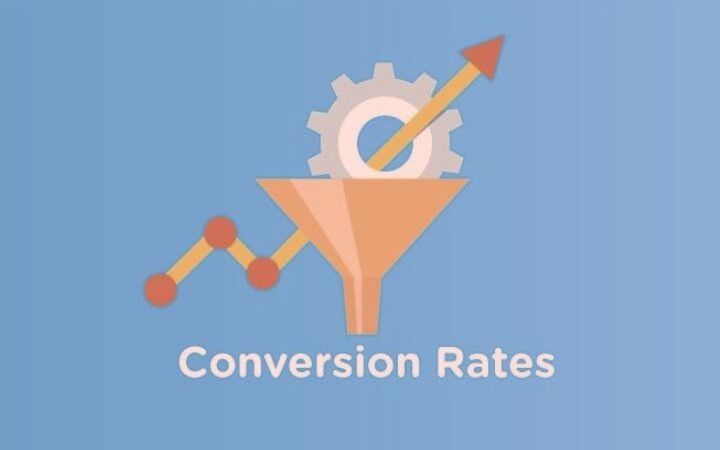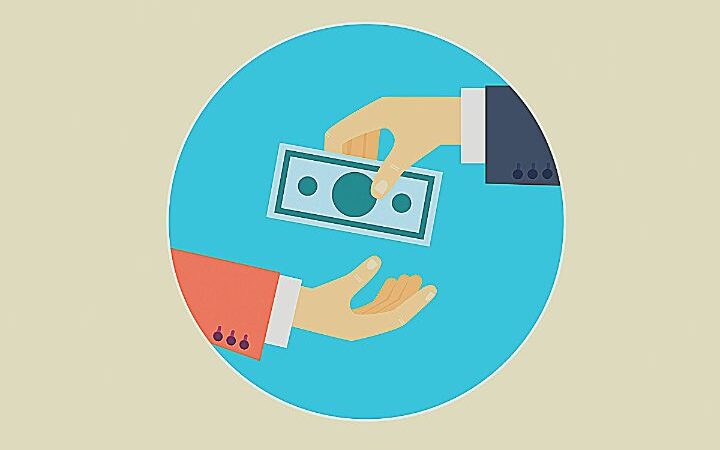Trading – What Is It, How To Learn And What Are The Dangers Involved
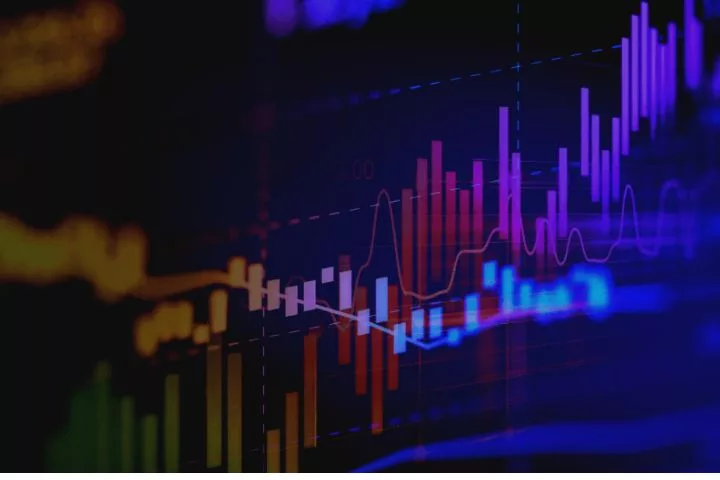
Trading means buying and selling securities while betting on short-term price fluctuations. You can trade almost all financial products, from stocks and currencies to Dax and Bitcoin.
The greater the price fluctuation, the higher your chances of winning and your risk of loss.
Interest rates are in the basement, and call money or reputable government bonds yield fewer returns than the inflation rate burns.
Risk-taking investors often want to take their luck into their own hands at this point and start speculating on the stock market. They buy and sell securities in days, hours, or even seconds.
In this guide, you will find out how this gambling on the stock exchange works, what risks you are taking, and which alternative financial tips recommend.
What is trading?
Trading is about buying various securities or other financial instruments such as shares, commodity certificates, or (crypto) currencies to sell them as quickly as possible at a profit.
So-called traders benefit from the usual fluctuations in stock exchange prices, also referred to as volatility.
Depending on how quickly you sell a security, different trading strategies can be distinguished:
- With position trading, you hold a product for several days or months.
- Swing trading is when you allow a few days to elapse between buying and selling.
- Day trading or intra-day trading means that all purchases are sold at the end of the day, and the depot is empty. So profits and losses are realized, and all transactions are closed. Trading is often understood as this form of speculation.
You can choose which product you trade. If you buy a security with a high price fluctuation (volatility), you can win or lose a lot of money in a short time.
It’s just a matter of predicting whether any price will go up or down. You then have to sell your share again at the right moment. Both may sound simple at first, but they are complicated.
Other products you can trade are futures, currencies (forex), CFDs (contracts for difference), options, certificates, commodities, metals, or government bonds.
If you invest in an index fund (ETF) such as the MSCI World over several years or decades, you will benefit long-term from the growing global economy and balance out price fluctuations.
Trading is about the opposite. The added value is irrelevant. It’s all about predicting short-term price fluctuations. Courses and food prices, for example, only change based on such speculation.
You should therefore choose your product for trading responsibly – and think twice about whether you want to spend a lot of time and nerves on trading.
What do you need for trading?
If you know what you want to trade, you need a portfolio. There are significant differences in the fees of the depository providers. This can also result in very different costs.
With one provider, every transaction can be billed, and with another, store your investments. You can find the best depots in our extensive guide. However, we have focused on long-term investing as you run a much lower risk of losing money.
If you want to make many transactions – maybe even daily – you are usually in better hands with specialized brokers.
Now all you need is internet access, and you can get started online. Trading software supports you in recognizing price developments. And with an app for your smartphone, you can stay up to date anytime, anywhere.
At the end of the year, you have to declare your profits in your tax return. In most cases, this is investment income subject to the withholding tax of 25 percent (plus solidarity surcharge and, if applicable, church tax). However, 801 euros per person and year remain tax-free.
Usually, you do not need to report losses: your bank automatically offsets them against future profits. However, if you want to offset losses against gains between different accounts, you need a loss certificate.
How to learn to trade
Before you start randomly opening a securities account and buying and selling shares, you should do a few dry runs: Paper trading means trading without money.
You can open a “paper trading” account with many providers and see how your purchases and sales would affect you. Your risk is zero because there are no actual purchases.
live trading
If you are tired of sitting alone in front of your screen and looking at courses, you can have professional traders explain their techniques to you online.
Some offer to explain their strategies to you while executing their trades. This is called live trading. But be careful: There are paid offers, so you should find out about any fees beforehand.
social trading
Trading takes a lot of time and energy. But there is a shortcut: You can copy other traders’ transactions automatically. With various trading platforms, you have the opportunity to follow traders you trust. This allows you to reflect your transactions with the money you previously set.
This way, you can benefit from the wealth of experience of others. But everyone makes mistakes. You can also lose your fortune in this way through the actions of a stranger. After all, you usually don’t know the identity or goals of the trader you’re following.
How dangerous is trading?
Most traders lose money. Because it is unpredictable how prices develop. Therefore, trading is also considered speculation.
While the stock market can at least be expected to rise in the long term, this is not the case with other underlying assets such as Bitcoin or foreign exchange.
So anything can happen at any time when trading – and you should be prepared for that. These strategies can help:
- When trading, it’s normal to make losses on single purchases repeatedly. It is essential to keep these losses as small as possible. Let’s say you bet on a rising price – but it’s falling. Even before you buy, you need to know how to react in this scenario and protect yourself against it. For example, you can specify that trading will end at a loss ( stop-loss order ).
- Conversely, don’t sell too early if the price rises as expected. Because ideally, a single price increase compensates for your many small losses so that you make a profit overall. In this situation, too, you can protect yourself from selling too quickly: A so-called trailing stop-loss order increases with the price and automatically ends the trade when the price falls again. You determine in advance how much the price should fall before you sell.
- You can pursue another strategy by risking one percent of your balance per transaction. In this case, you would have to suffer a total loss a hundred times to lose everything. That’s unlikely.
Typically, risk appetite increases after you’ve hit a few wins. But even with a failed transaction, you can make a significant loss and lose your credit.
This is all the faster if you trade with leverage products. They relate to an underlying such as the Dax but multiply gains and losses by a factor. A typical factor is ten.
If you bet on a rising Dax and it gains one percent, thanks to leverage, you would receive a ten percent profit. Conversely, your credit is lost ten times as quickly. And that happens faster and more often than you think:
The European Union has examined the success of retail investors in various member states when trading CFD products (transactions for difference): In Spain, 82 percent of retail investors made losses – on average, it was 4,700 euros per capita. In France, it was even 89 percent of traders, with an average loss of 10,887 euros.

